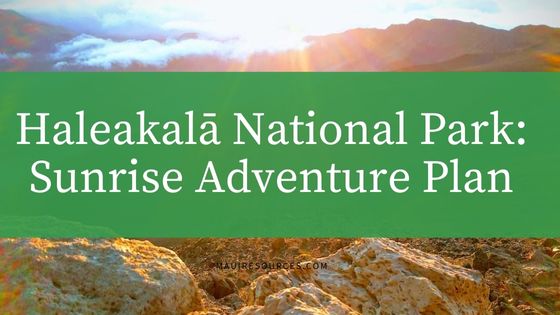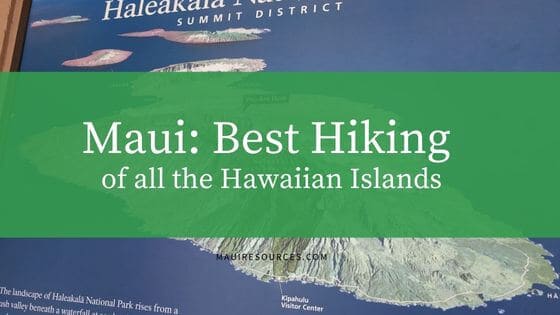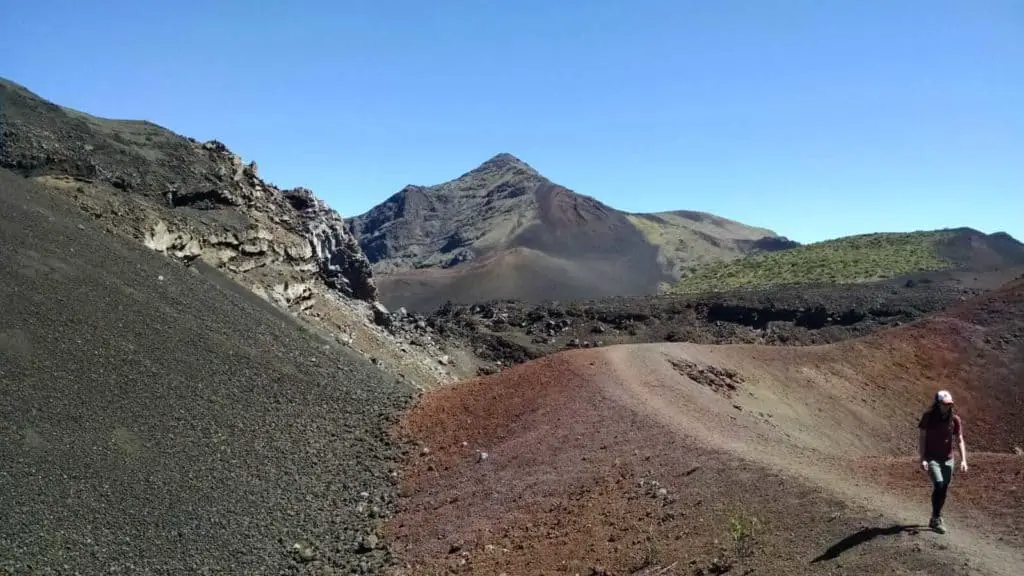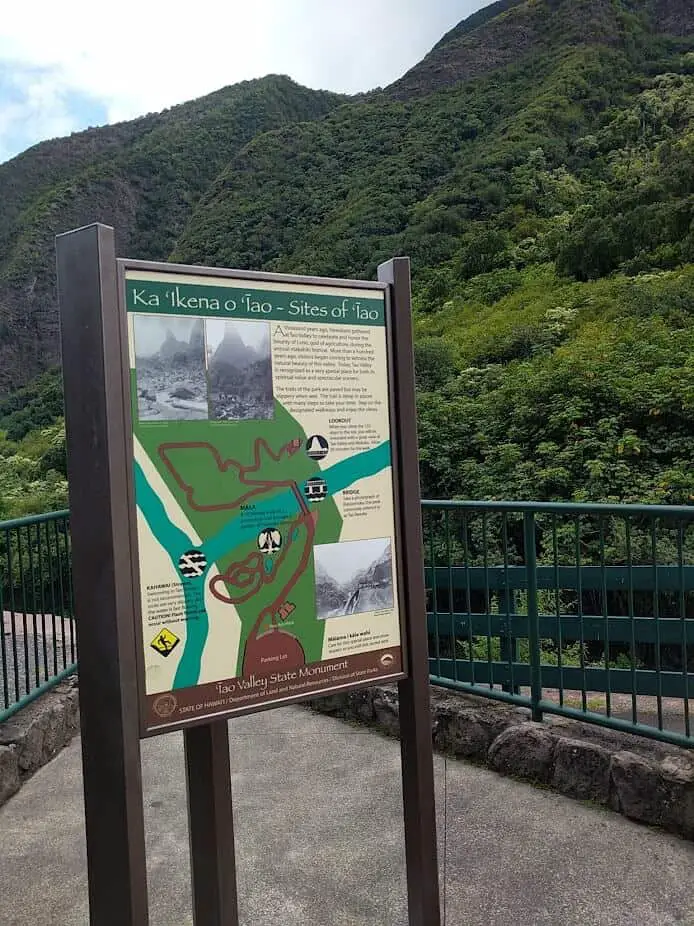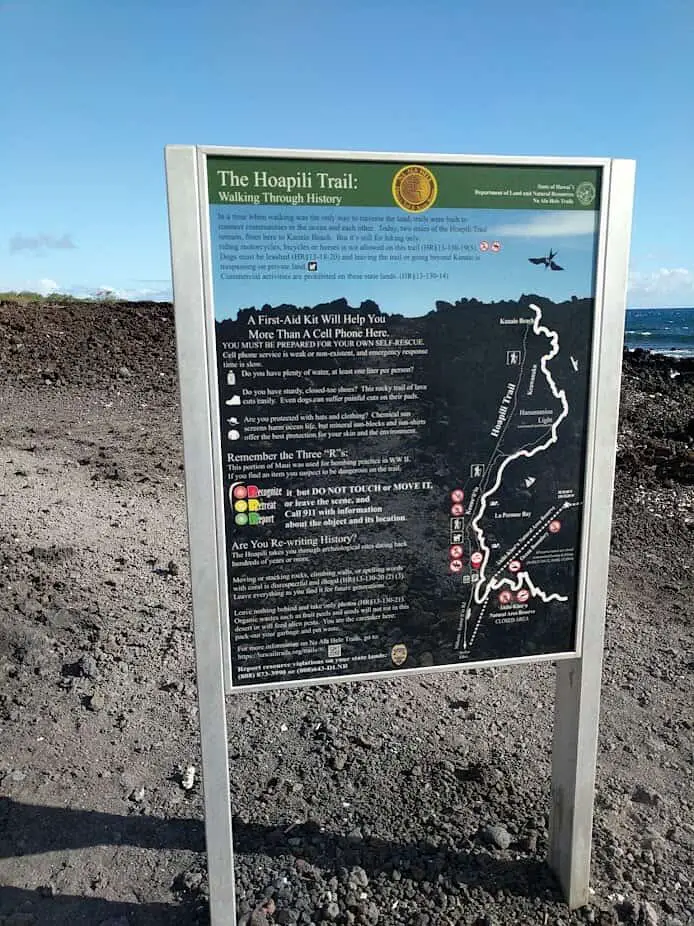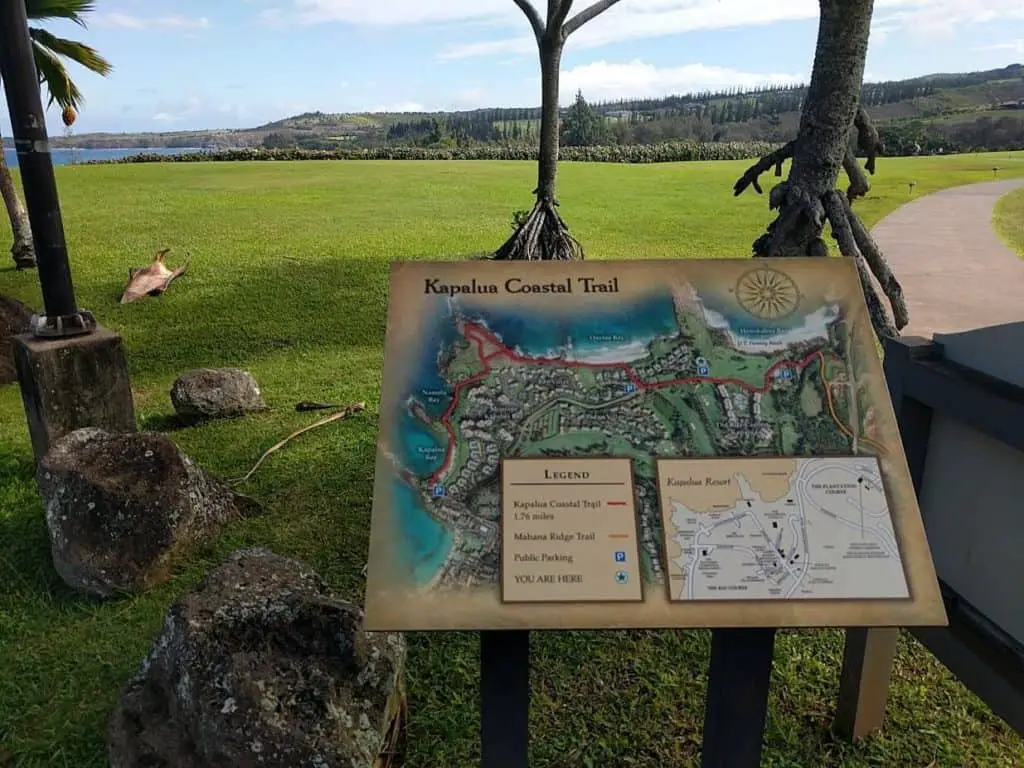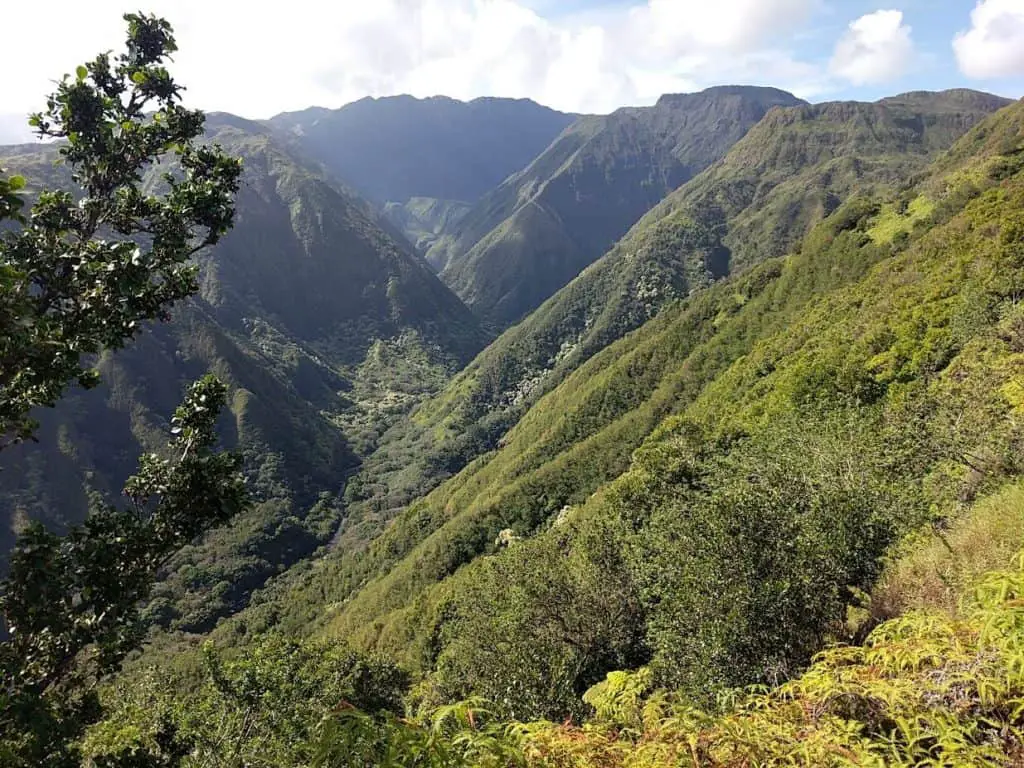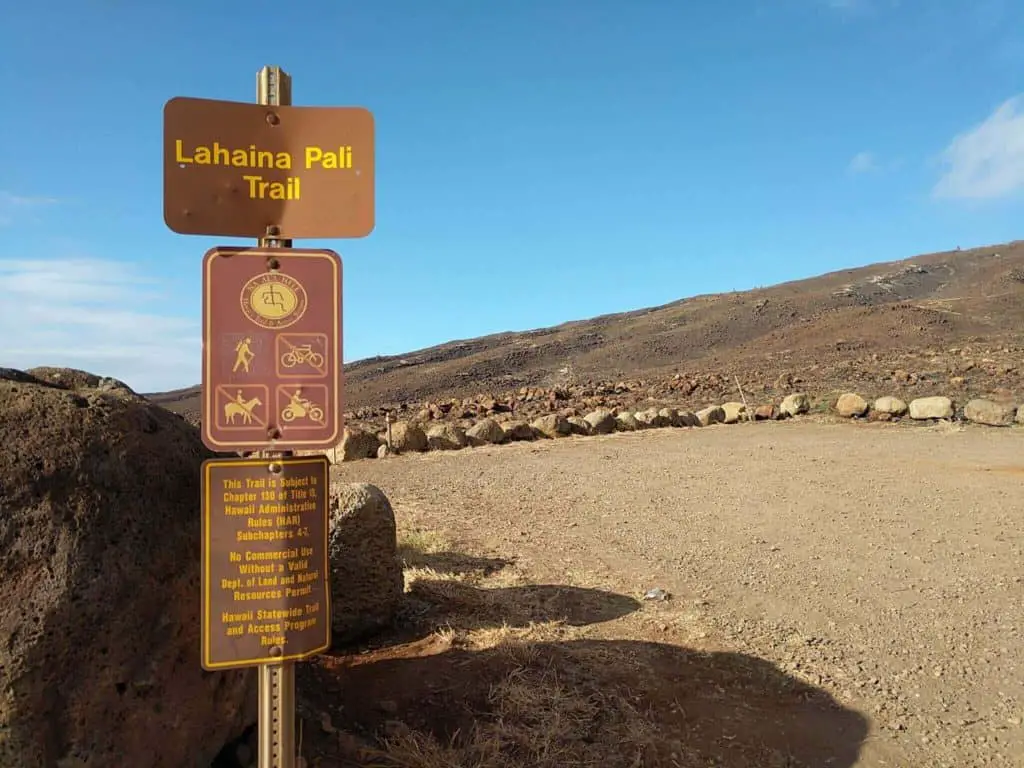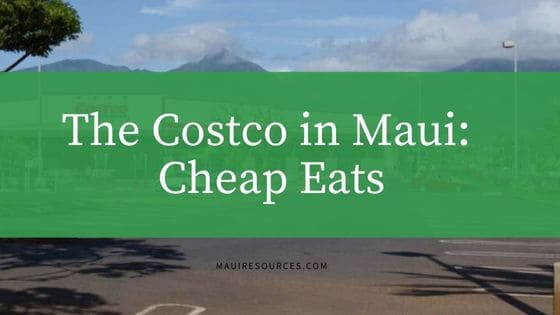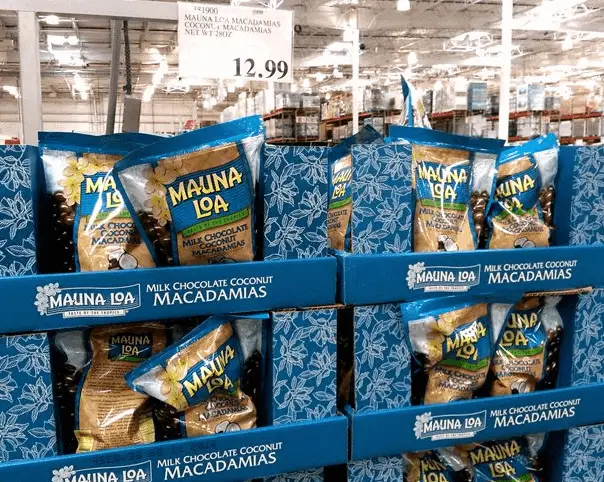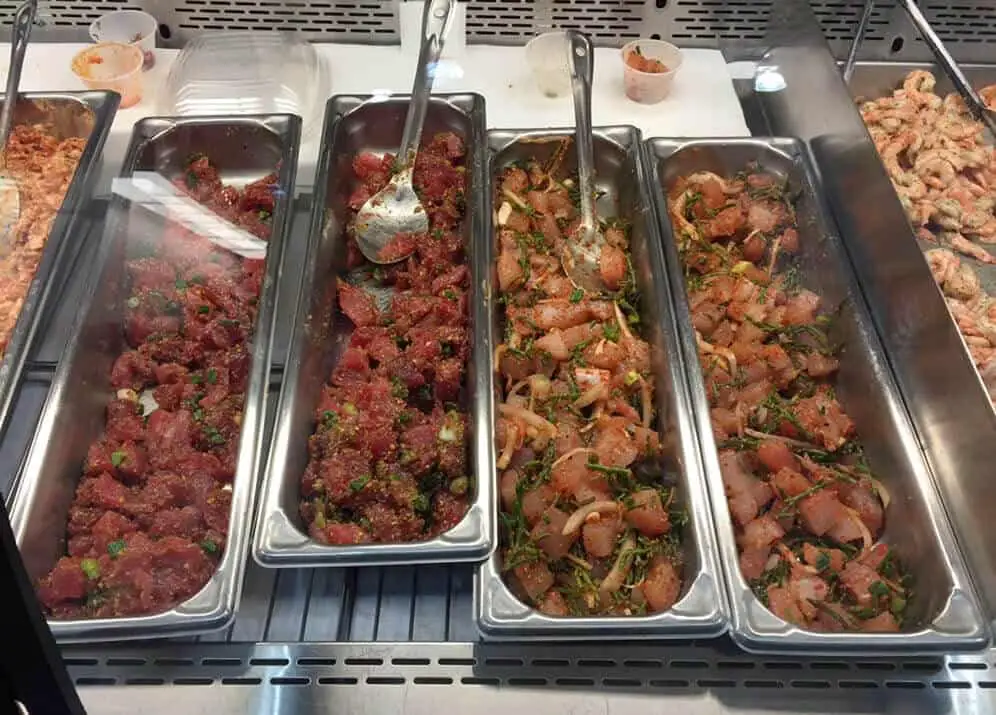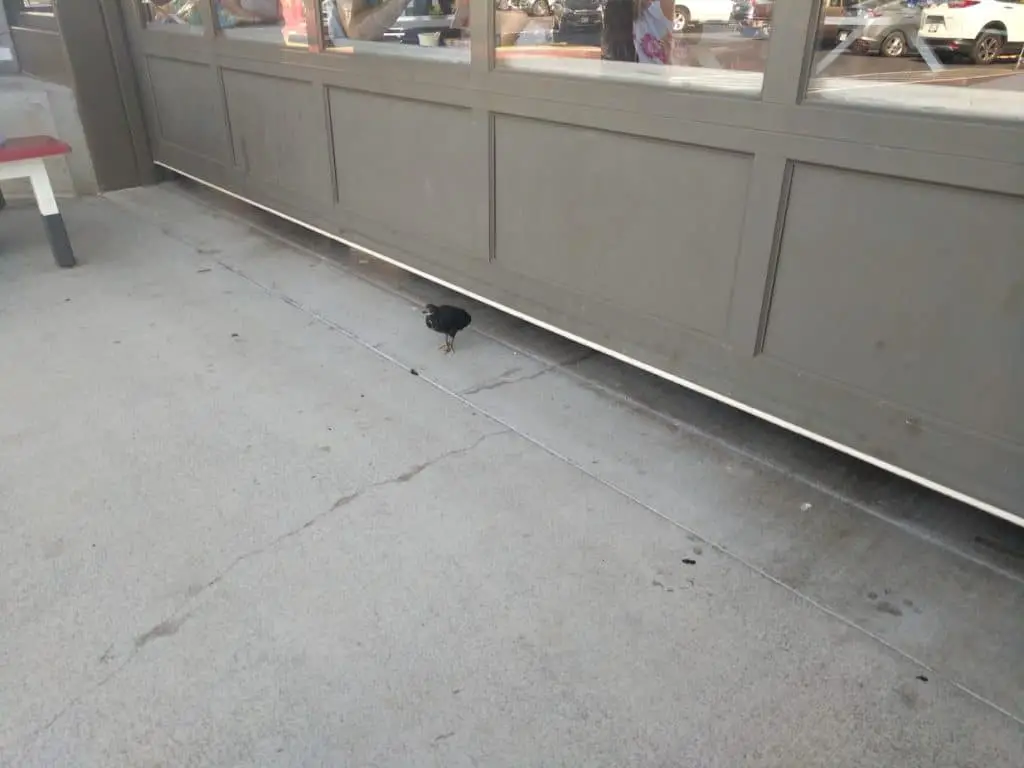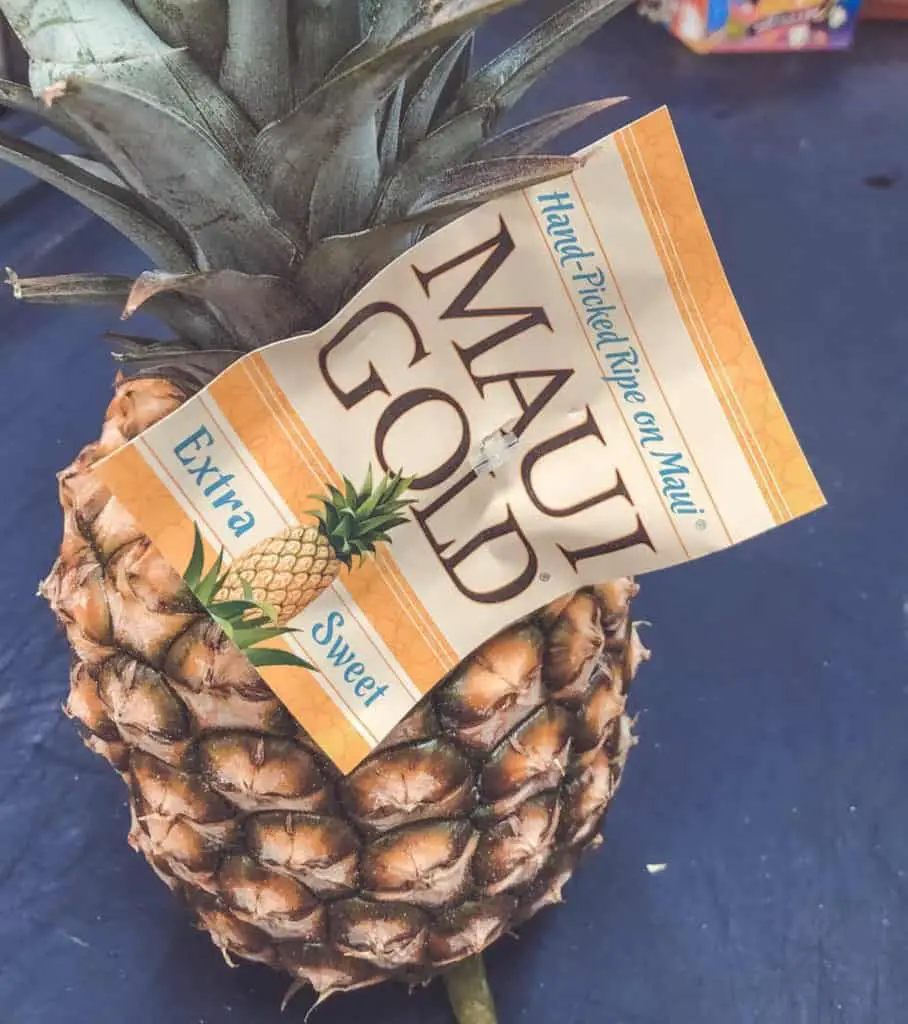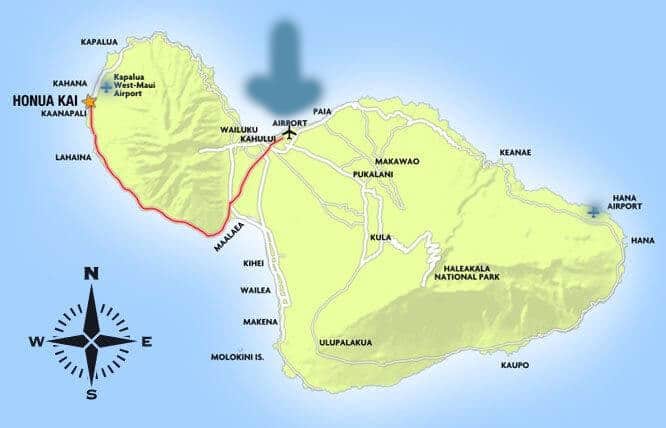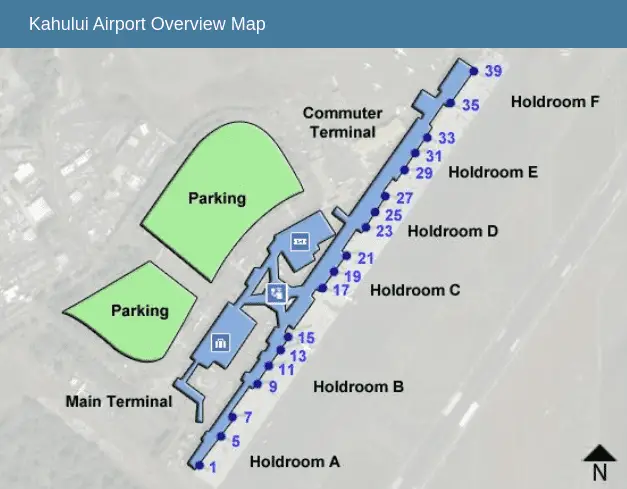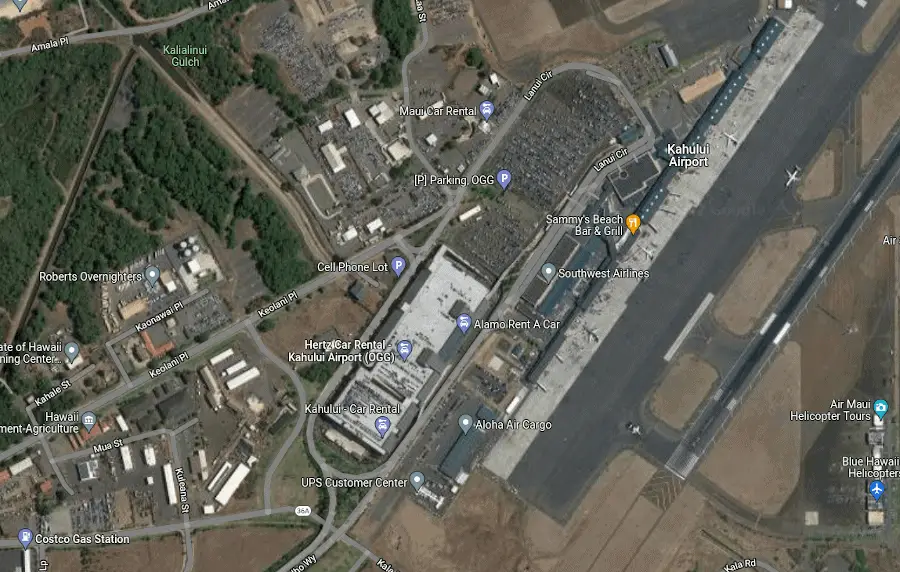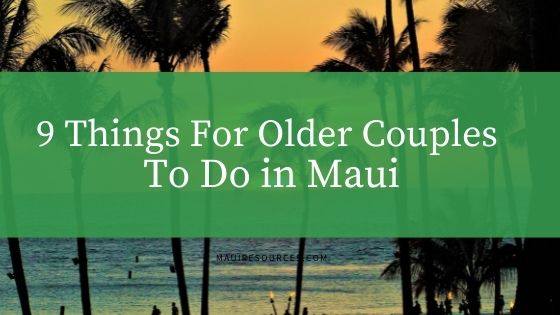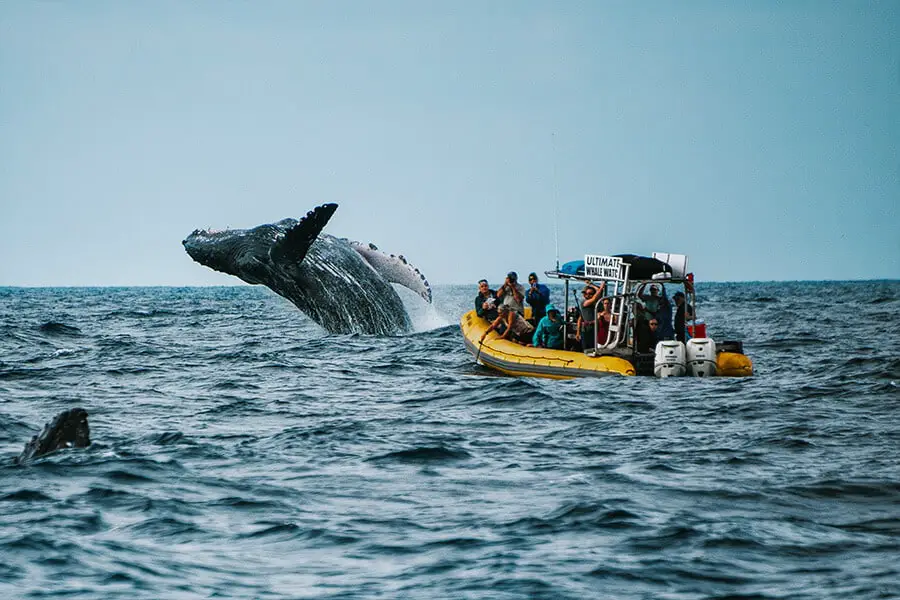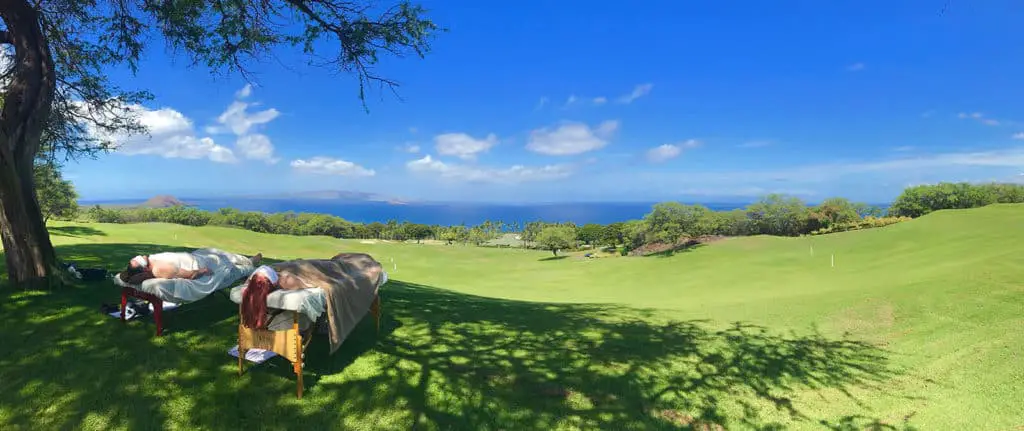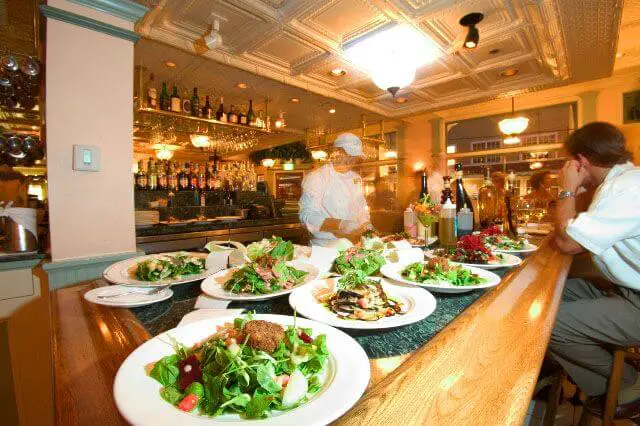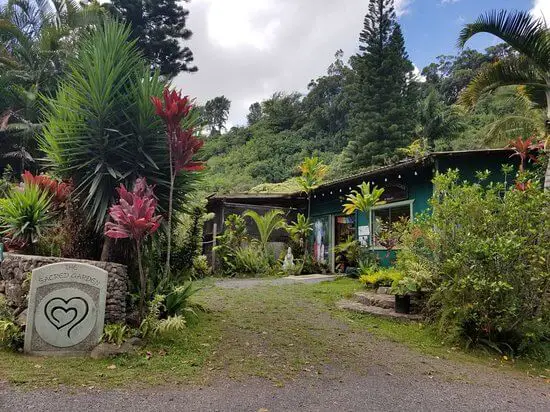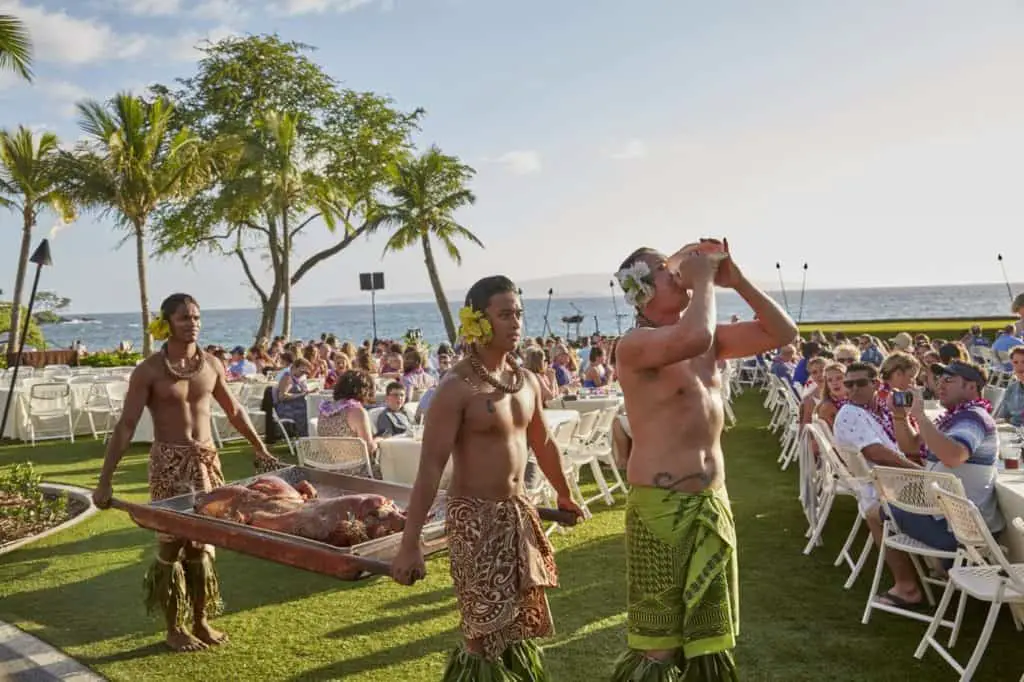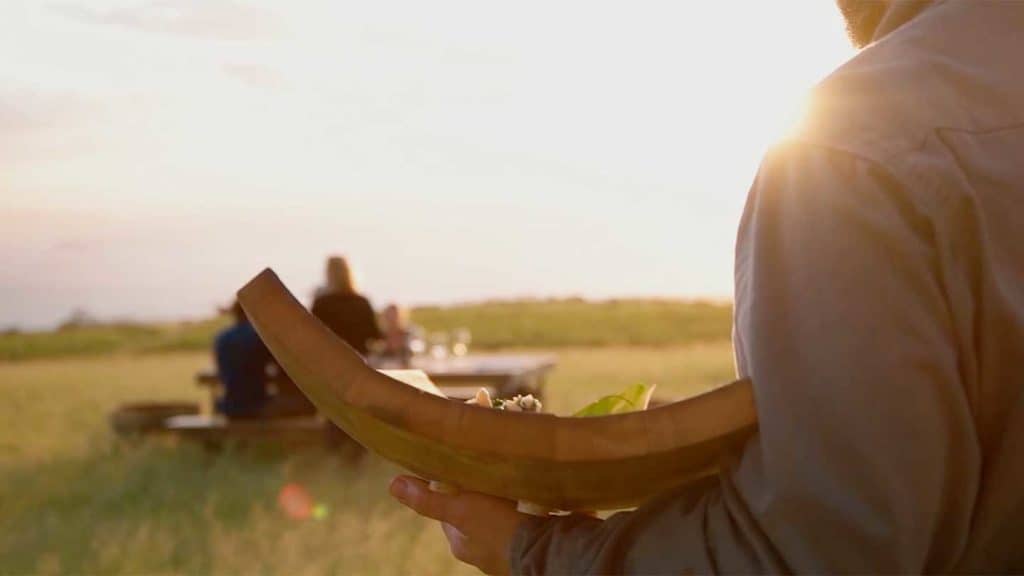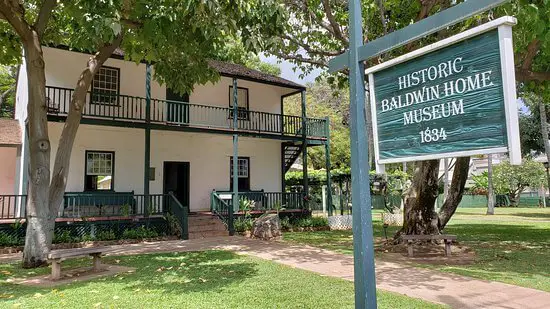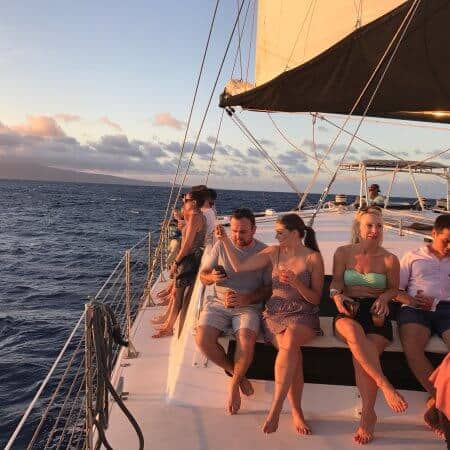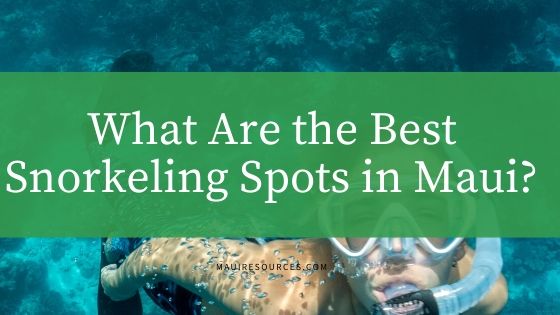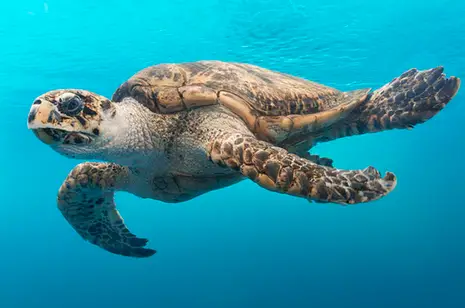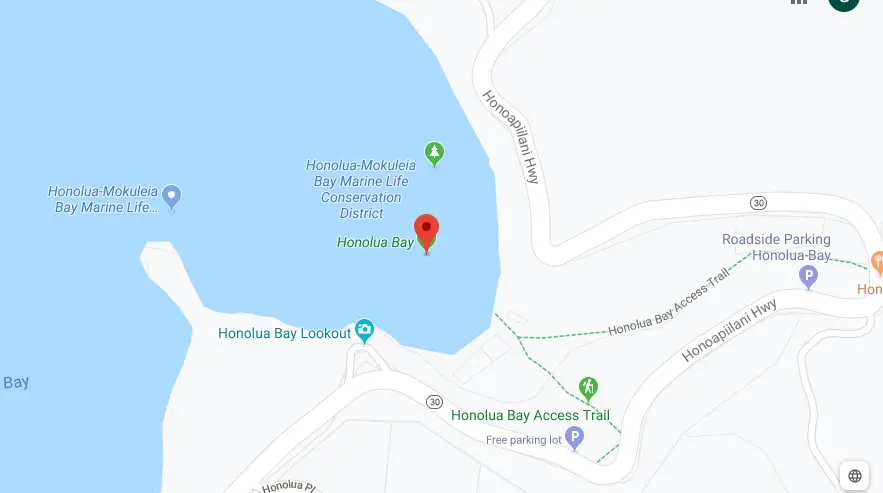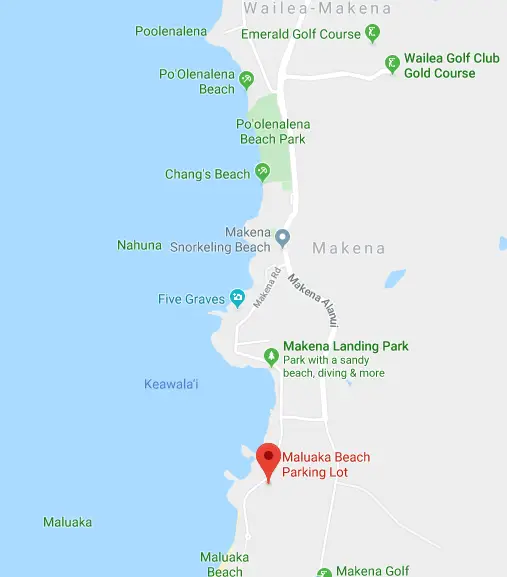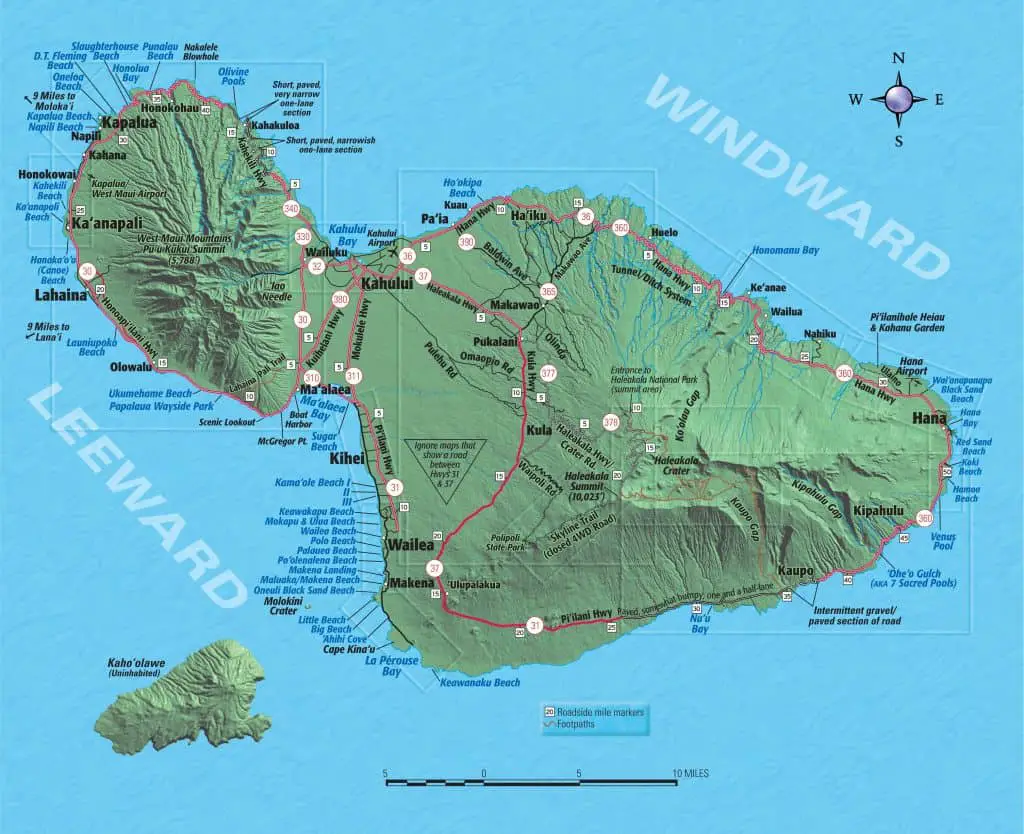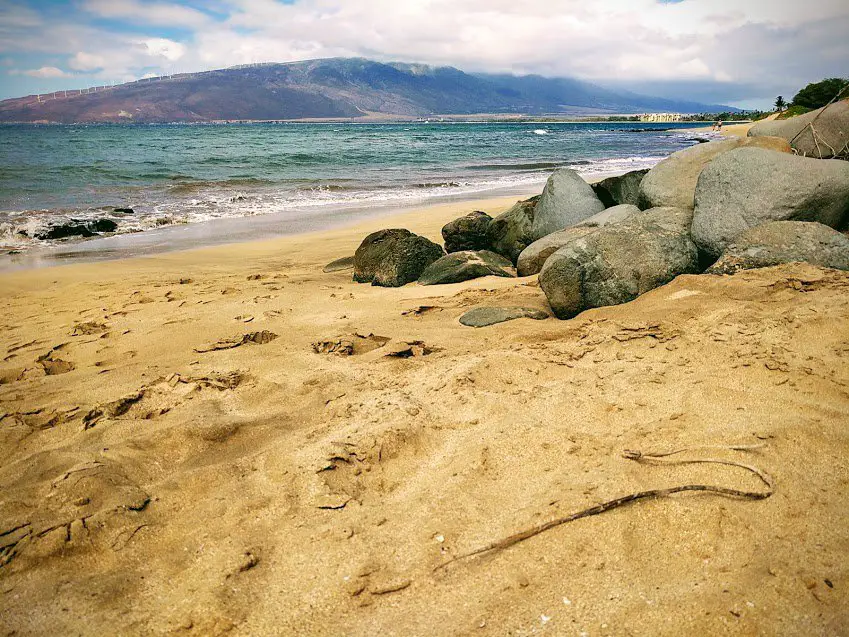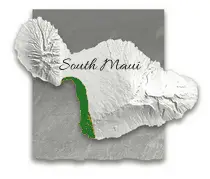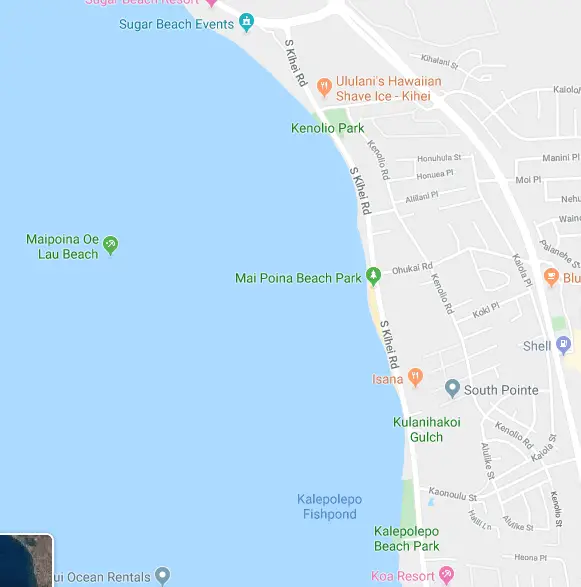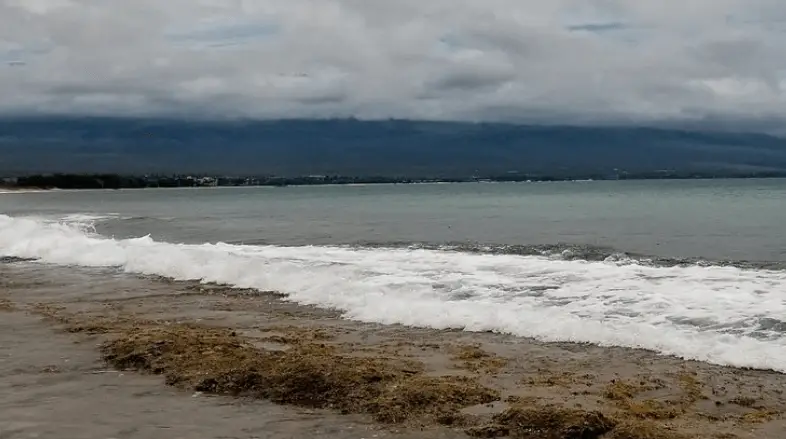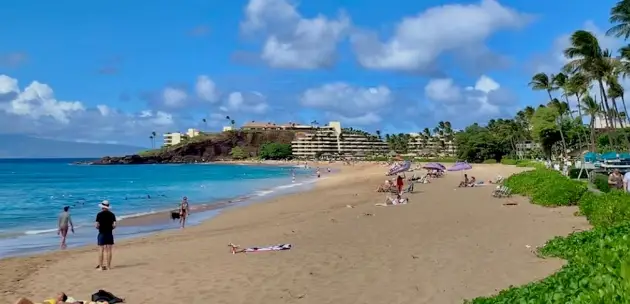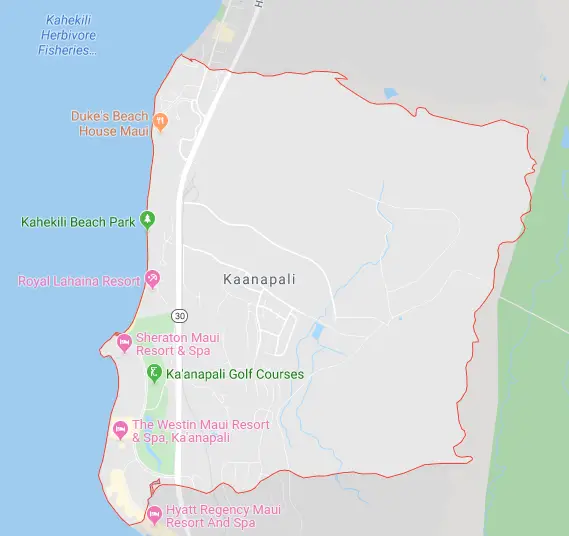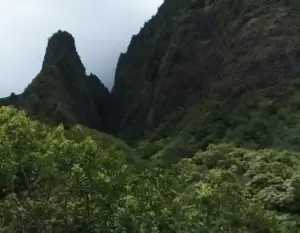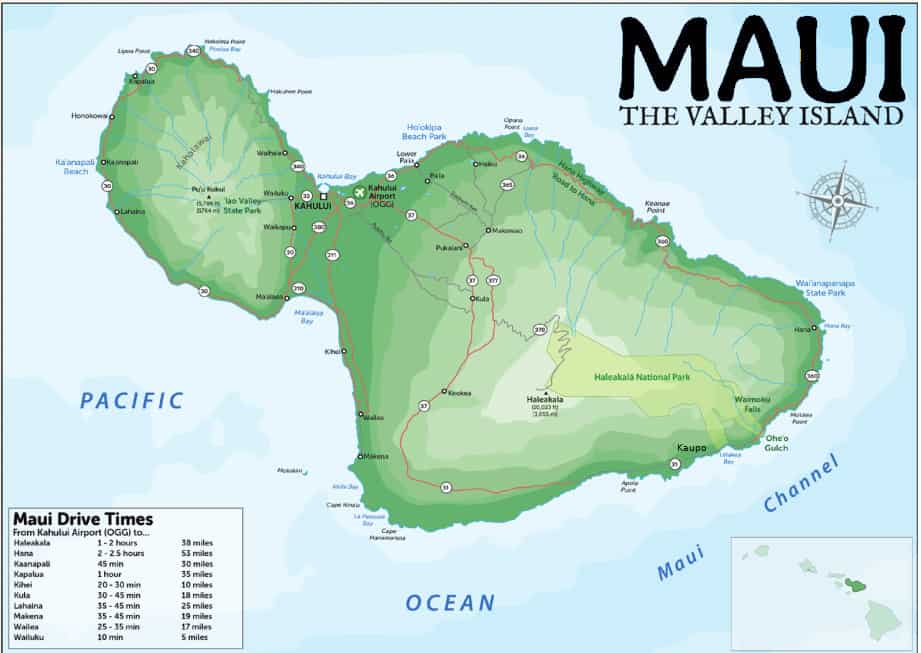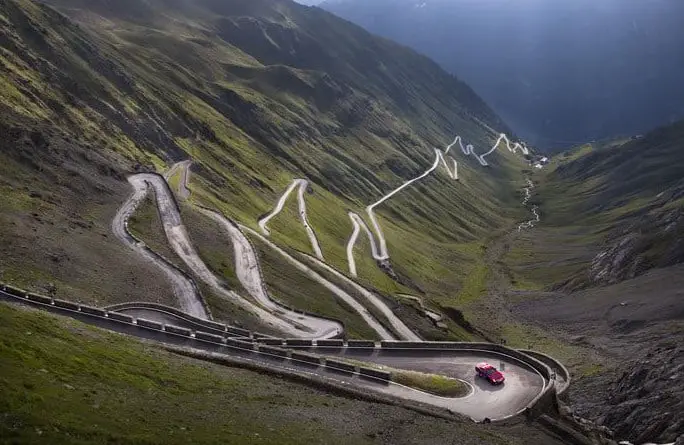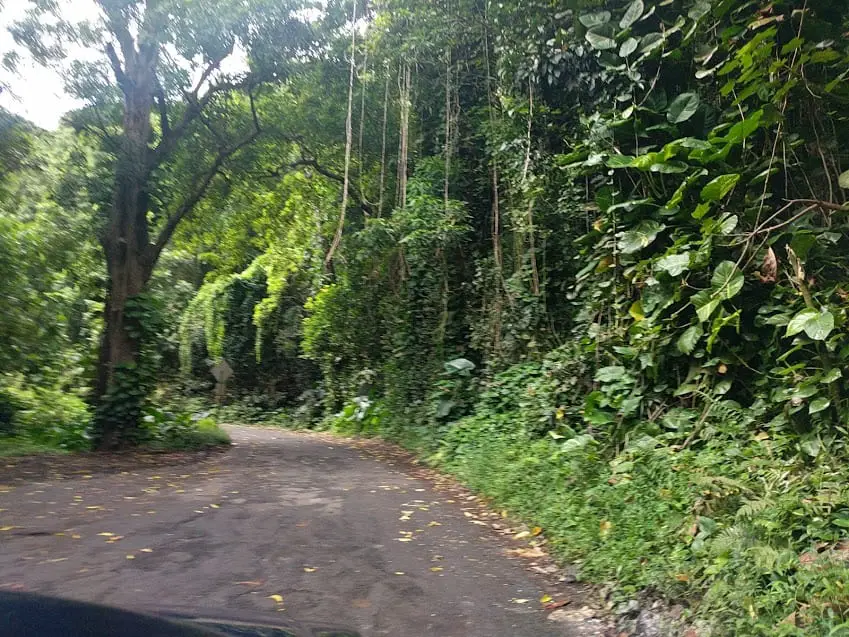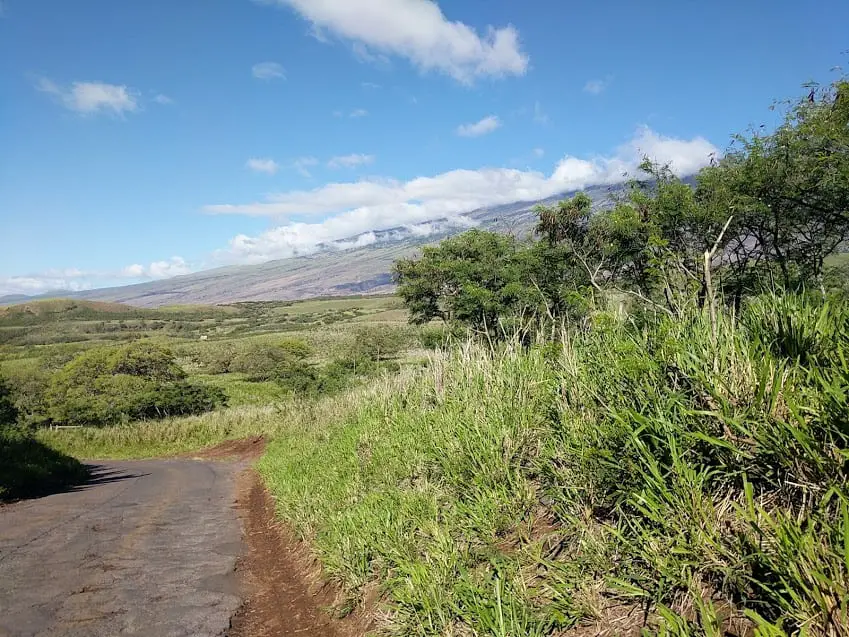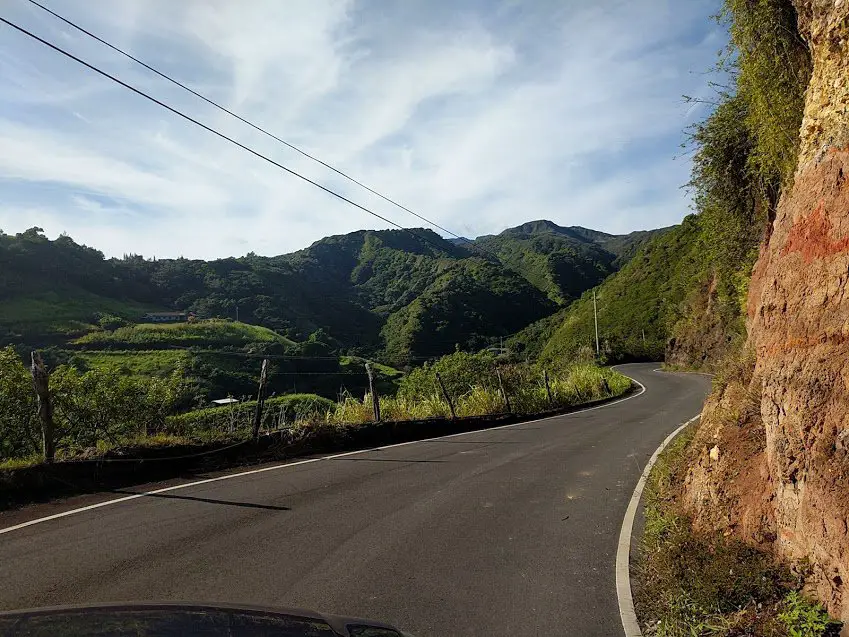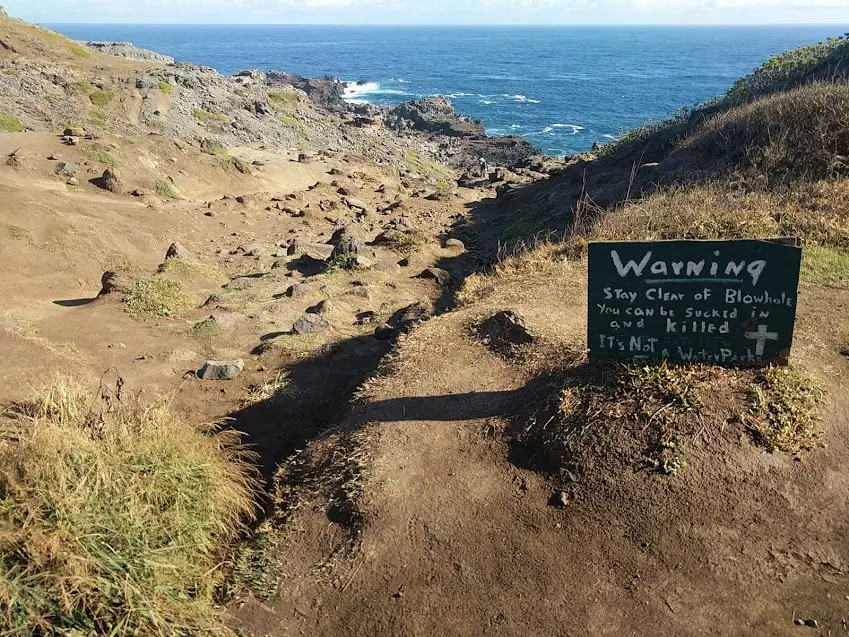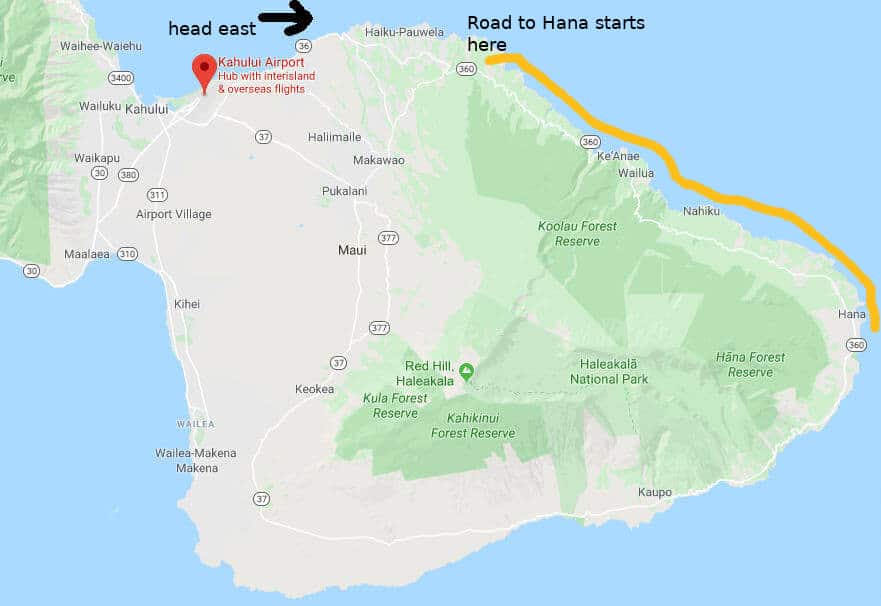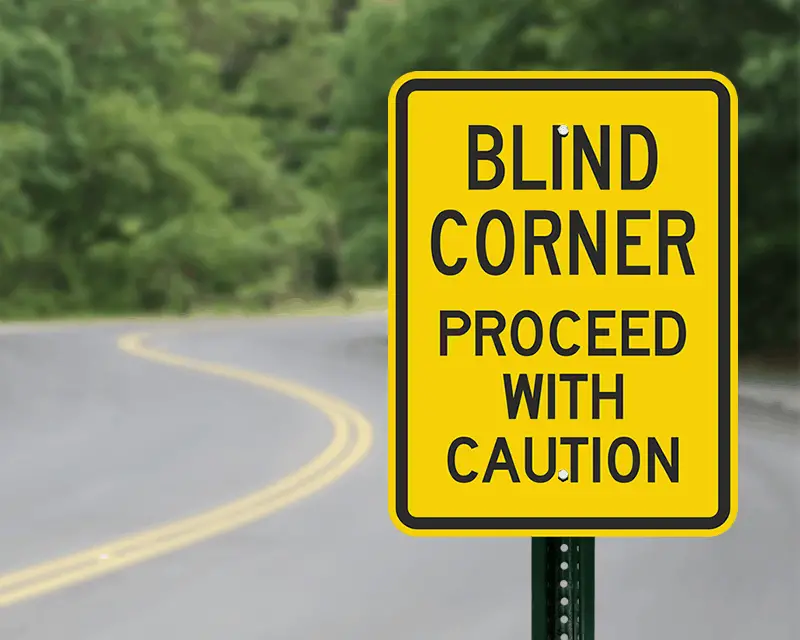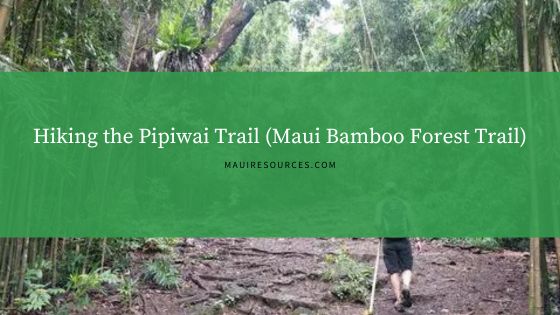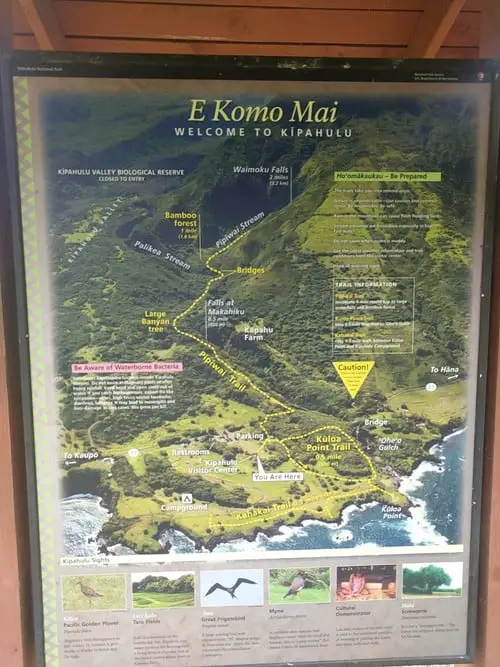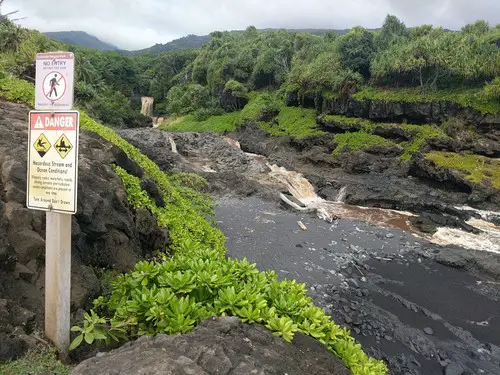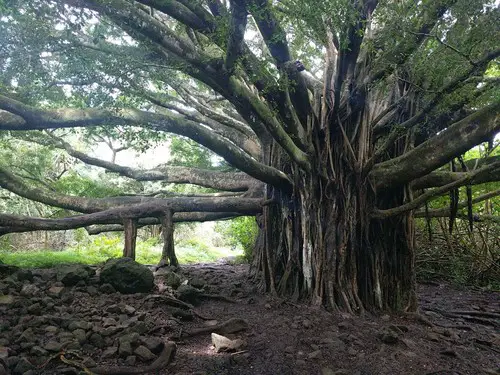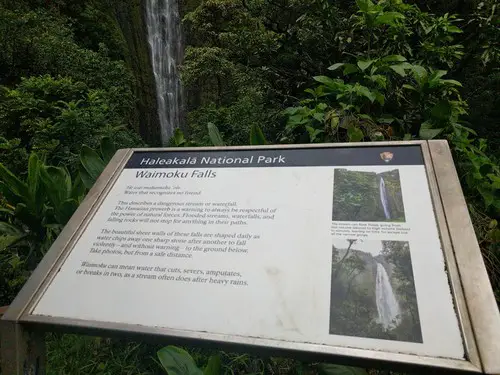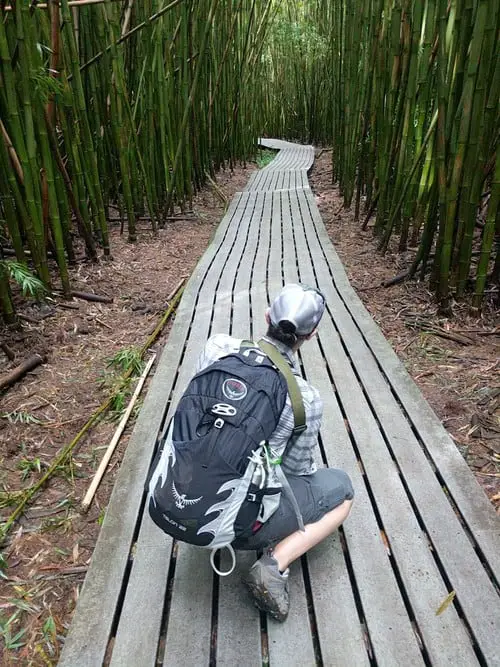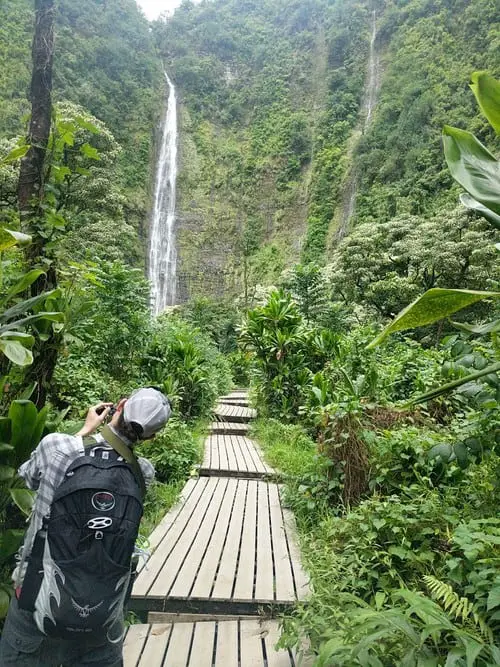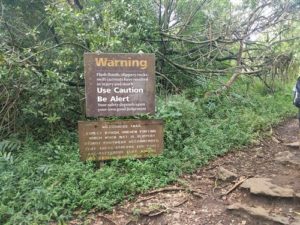So you’re on Maui and you’re ready to make the most of the short time you have there. Let’s go!
But before you have a spontaneous adventure on Maui, if you’re planning on taking in the sunrise from Haleakalā, be sure to plan it properly. By planning I mean have reservations (but not about going on the adventure itself).
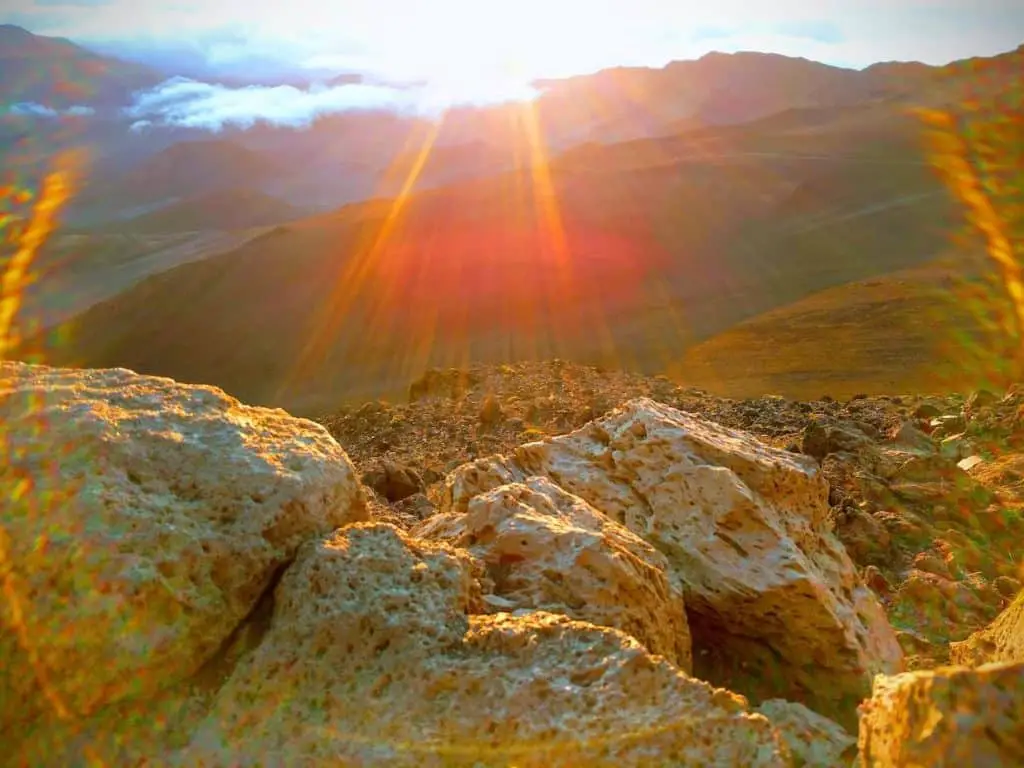
1. Make a Reservation for the Haleakalā Sunrise Before You Go
The most important preparation is to make sure your papers are in order to enter the park (have a park pass OR pay the park entrance fee) and have a reservation in the Park’s system (make the reservation online). Without planning, you will be turned away and an entire day ruined… as much as a day can be ruined in paradise.
So:
- Sunrise reservation ahead of time.
- Park entrance fee OR Park’s pass at the Park entrance. If you don’t have a Park’s pass, then entrance fee is $30 as of this writing and will grant you access to the entire park (yes, including access from the Road to Hana) for 3 days.
How do I get into the park for sunrise?
You can log into the website up to 60 days before your planned adventure.
Make an online reservation via www.recreation.gov. Also, be prepared to pay the entrance fee (or use a park pass) on the day of your visit. The entrance fee must be purchased with a credit card.
Why do I need a reservation for Haleakalā Sunrise?
The Park requires reservations for all vehicles entering the park between the times of 3am to 7am daily, “to ensure visitor and employee safety, protect natural and cultural resources, and provide a quality visitor experience at the summit during sunrise hours (3:00 AM to 7:00 AM).” [source]
If you want to go after sunrise time, then you can go to Haleakala without a reservation.
You need a reservation only if you want to go to the Haleakala National Park summit between the hours of 3:00 AM and 7:00 AM.
What is the cost for a sunrise reservation?
The reservation fee is $1.00 USD per vehicle. The person whose name is on the sunrise reservation will need to present a paper copy of the reservation and their photo ID at the entrance station, on the day specified on the reservation.
Do I need to join a Haleakalā tour?
If you have your own transportation, booking a tour is not necessary to watch the Haleakalā sunrise; however, you do need a reservation if entering the park between 3:00 AM to 7:00 AM. You can drive to the summit of Haleakala yourself.
I’m here last-minute, can I still enter to see the sunrise?
- Tickets are not available the day before, over the phone with the park, or in-person on the day-of.
- Last-minute tickets are available online two days in advance.
- Last-minute sunrise reservations are released at 7:00 AM HST. For example, if you want to see the sunrise on Sunday morning, go online at 7:00 AM Friday.
Be quick: the online inventory renews at 7:00 AM every day, but often sells out within fifteen minutes.
Haleakala Sunrise Reservations Summary
- Reservations are only for sunrise and can only be used on the day that was reserved.
- The reservation fee is not part of the entrance fee. Entrance fees will be collected upon entry to the park. Visitors with national park passes, please have your pass and ID ready to present at the gate for entry.
- Reservations are available online up to 60 days in advance of your sunrise visit on recreation.gov.
- A visitor may only purchase one sunrise reservation per three-day period.
- A small number of last-minute tickets are released online two days beforehand. Last-minute sunrise reservations are released 7:00 AM HST. After the reservations initially released two months in advance sell out, the website will show tickets as “not yet released” until 7:00 AM two days in advance.
- Calling the park directly, or visiting in-person, will not result in a reservation since staff at Haleakalā National Park are unable to make reservations for you.
- For questions, call the recreation.gov hotline at 1-877-444-6777
- Viewing sunset does not require reservations at this time.
2. Sunrise Planning Tips for Viewing from the Top of Haleakala Crater
Once you have all the bureaucratic things (reservation plus park entrance fee or parks pass) in order, now the fun planning begins!
- Get up early. 3:30AM is not too early. The day is a-wastin’, and the drive to the summit will take you longer than you think.
- Watch for police and cows on the side of the road. Drive the speed limit! Cows don’t wear lights and they tend to cross the roads whenever they want, in the pitch black of night. Not a good combination.
- If you are late, the top parking lot will be full and you may be turned away and have to drive down to park at the visitor center parking lot instead of at the summit.
- Have a valid park pass OR $30 (the machines only accept credit cards as payment) entrance fee. You can use your Receipt to go to the Road to Hana the next day (or the same day).
- Dress like you’re sitting outside in the middle of winter. The summit is coldest just before sunrise, and can be as cold as -1 Celsius (30 Fahrenheit). Expect wind and fog and a definite chill in the air.
- If you need a restroom, there is one at the visitor center on the way up and another at the summit visitor area.
- Your car will make it up to the summit. Yes, the switchbacks are long and semi-steep considering you are driving up 10,000 feet, but any properly functioning rental car will be fine.
- The parking lot at the summit will be busy with tour buses and people. Walk up the path a little ways and you will find some spots to view the sunrise without being in the midst of a huge crowd.
- As mentioned, if the summit parking lot is full and you are not in the mood for a half-mile walk to the summit from the other parking lot, the view from the visitor center parking lot is wonderful, too. Plus you won’t have to share the morning with hundreds of other tourists and drummers.
Time Getting to Haleakala National Park
It takes an average of 2 to 2.5 hours for most visitors to drive to Haleakala’s Summit, but can take between 2.5 to 3.5 hours if you are coming from the opposite end of the Island. This, however, doesn’t take into account additional stops along the way in Upcountry Maui, like stops for shopping and food and cows or nene birds crossing the road. Also, early in the morning other drivers unfamiliar with the road may be inching along the windy switchbacks.
The entrance station to the park is at 7000 feet, and the summit is another 3,023 feet upwards at 10,023 feet.
How long does it take to drive to the top of Haleakala?
From the park entrance which is already at 7000 feet, the summit is another twenty-minute drive, so factor that into your calculations. Expect to be driving in what feels like the park for a good 40-45 minutes.
What town is closest to Haleakala?
Kula in Upcountry Maui is the town closest to Haleakala National Park. From Kula it is 15 miles (24 km) to Park Headquarters Visitor Center (in the park) and another 10 miles (16 km) to the Summit Visitor Center.
Depending on your home time zone, you will likely be up way before Hawaiian morning time anyway, so take advantage. We arrived on Maui in the early evening, got ourselves checked-in to our accommodation in Kula, and set the alarm for 4:00 AM. The roosters were up all night anyway so they weren’t bothered by us heading out at 4:15 AM.
We left a little late, but made it to the summit with fifteen minutes to spare! And the benefit of being late meant we did not have to stand outside freezing our buns off for as long as everyone else.
What time is sunrise at Haleakala summit?
Here is a handy chart of the sunrise and sunset times throughout the year at the summit of Haleakala (and the rest of Maui).
| January 1 – 6:56am/6:00pm January 15 – 6:58am/6:10pm | July 1 – 5:41am/7:16pm July 15 – 5:46am/7:15pm |
| February 1 – 6:55am/6:21pm February 15 – 6:48am/6:29pm | August 1 – 5:52am/7:09pm August 15 – 5:57am/7:01pm |
| March 1 – 6:39am/6:35pm March 15 – 6:27am/6:40pm | September 1 – 6:02am/6:49pm September 15 – 6:06am/6:33pm |
| April 1 – 6:12am/6:49pm April 15 – 6:00am/6:49pm | October 1 – 6:10am/6:19pm October 15 – 6:14am/6:06pm |
| May 1 – 5:50am/6:55pm May 15 – 5:42am/7:01pm | November 1 – 6:20am/5:55pm November 15 – 6:28am/5:49pm |
| June 1 – 5:38am/7:08pm June 15 – 5:38am/7:12pm | December 1 – 6:38am/5:47pm December 15 – 6:47am/5:50pm |
Is it cold at the top of Haleakala?
Before sunrise, everything is chilly up there! Year-round summit temperatures range between below freezing to highs of 50°-65°F (10-18°C).
It feels much colder when you are sitting at altitude, waiting for the sun to come up and burn away the fog. Plus the outside temperatures at 10000 feet can feel much colder because of wind chill and damp, overcast conditions. Bring your hat and mitts and a cuddly friend.
How much time do you need at Haleakala?
If you are going for the sunrise and that is all, then you can head directly for your next adventure as soon as the sun comes up. However, why not take the opportunity to explore some of the trails? You can spend a morning here at the summit walking into the crater, or spend a good part of the day doing the Sliding Sands trail (more about that below).
3. What To Do After Viewing the Sunrise?
Go for a hike on some of the trails in the park. You don’t have to do the whole trail, just saunter down into the valley and experience the quiet for yourself.
There are many trails to hike in the Haleakala National Park, especially once you’re at the summit after taking in the morning sunrise. A great start to the day, so keep it going!
After walking around the summit for a while, maybe you feel like having a lunch break. Drive down to the 7000 ft elevation level near the Park Headquarters for the shortest possible hike – a nice little half-mile loop around Hosmer Grove. Take in the fresh air, the bird songs, the varied tree species, and just enjoy being outside on a small Island in the middle of the Pacific. Puts things in perspective.
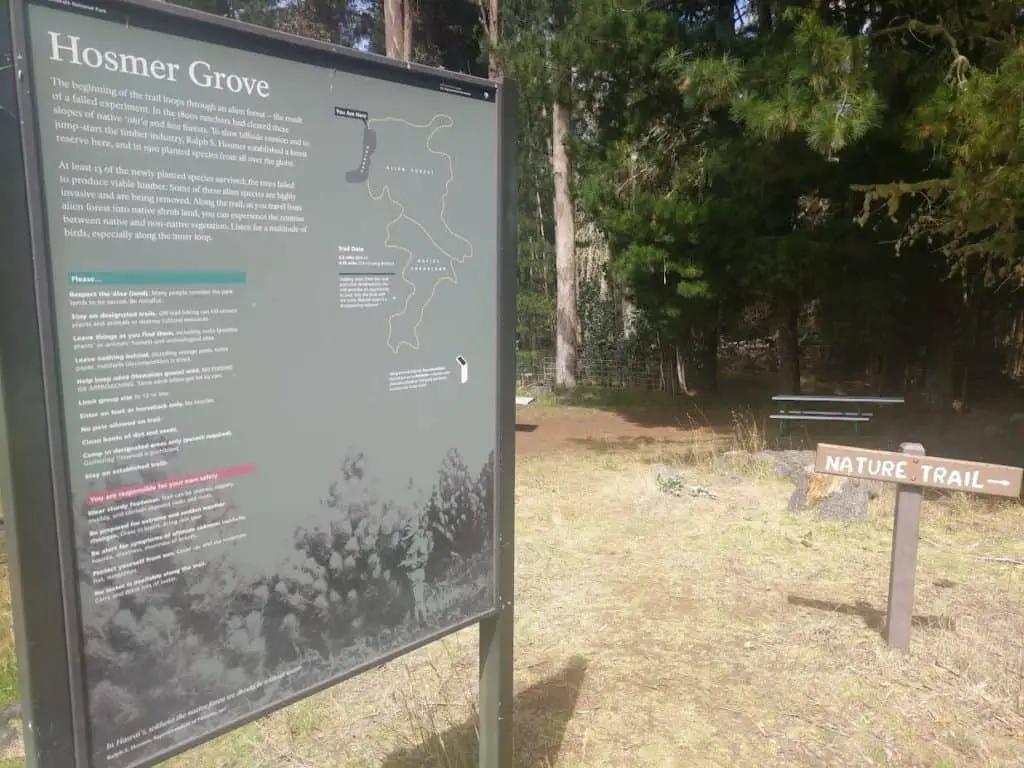
If you are feeling more adventurous after the sunrise, start down the Sliding Sands Trail. Do a portion of it or do the whole 12 miles. If you walk just 15 or 20 minutes into the trail, you will be down into the crater for a spectacular experience. If you walk a few more miles you will be at the crater floor, but keep in mind that you are walking at serious elevation (10,000 ft) and will be breathing thinner air with less oxygen. You might not notice this walking downhill into the crater, but you will the moment you turn around to walk back up. So plan to take longer to walk back out.
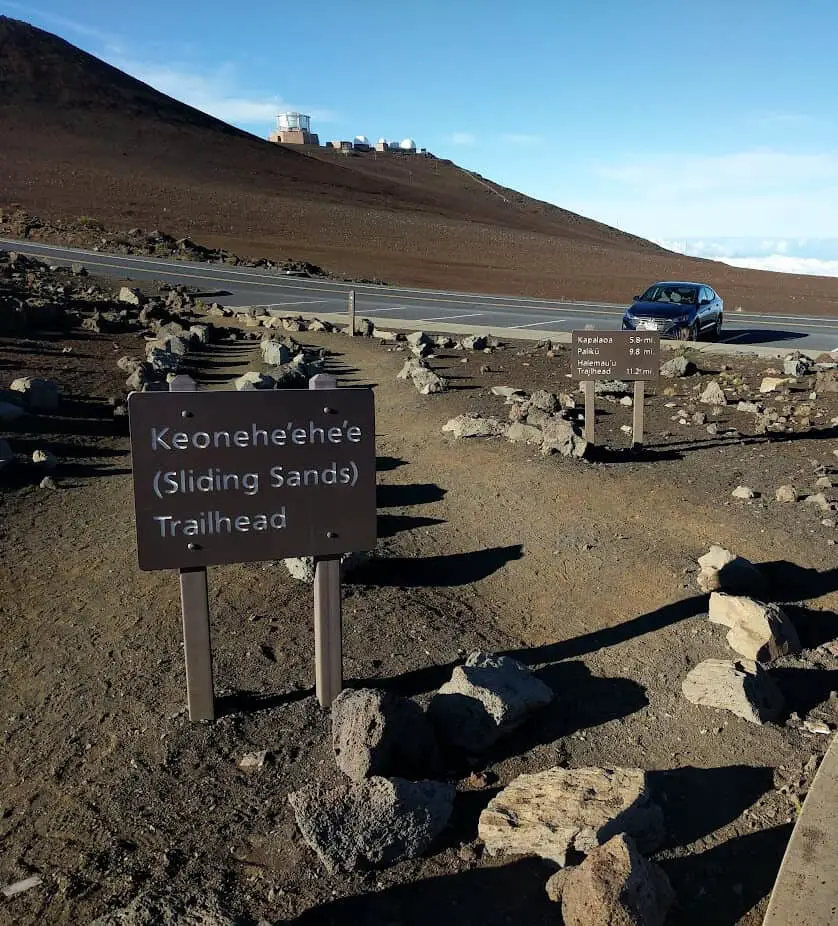
Bring water, whatever you decide to do. Do not attempt the 12-mile Sliding Sands Trail without preparing — clothes for wind and rain and sun, snacks, water. And a camera. This trail extends to the crater floor and veers left across the north side of the crater to another trail called Halema’uma’u, aka Switchback. Take Switchback up to the 8000 ft level, and hitch a ride on Crater Road to reach your car at the summit. Very cool (in the figurative sense) trail that takes a few hours and is quite challenging.
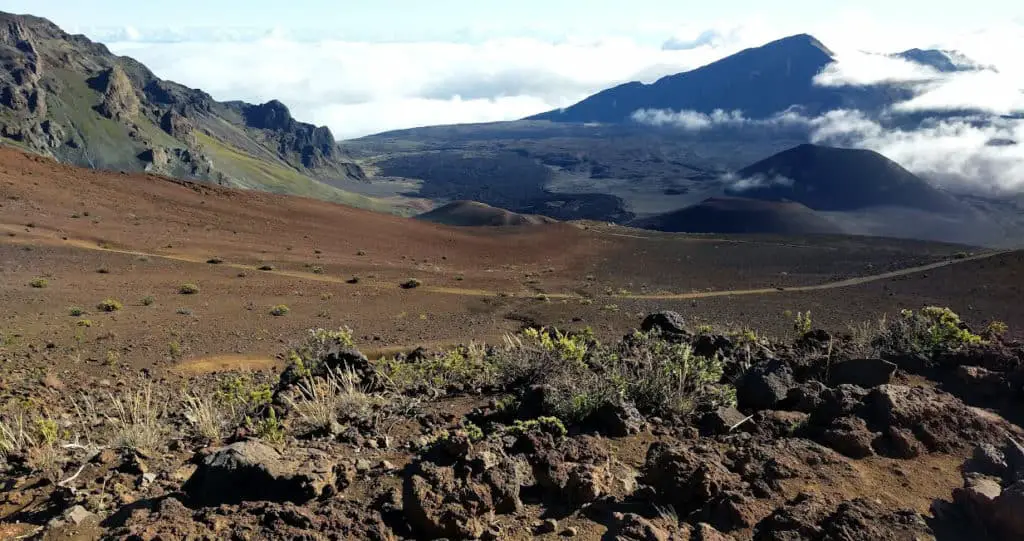
The massive Haleakala crater has been called “the quietest place on Earth,” a place so quiet, the ambient sound is right near the threshold of human hearing. Visitors to the crater say they can hear their own heartbeats (source).
Should you do Haleakala sunrise and Road to Hana in the same day?

